The Kawarthas is home to close to 100 species of butterflies.
Peterborough Examiner – June 30, 2023 – by Drew Monkman
My special affection for butterflies began as a classroom teacher. Each September, I would collect monarch caterpillars for my students to raise. They would watch and document each stage of metamorphosis with rapt attention. Then, one morning – almost always at about 9 o’clock – a student would yell, “The monarch’s coming out of its chrysalis!” We would then watch with amazement as the wet, crumpled adult pumped hemolymph liquid through its small, crimped wings until they expanded to full-size. At the end of the school day, we would head outside and release the monarch to a chorus of, “Bon voyage. Have a great trip to Mexico!”
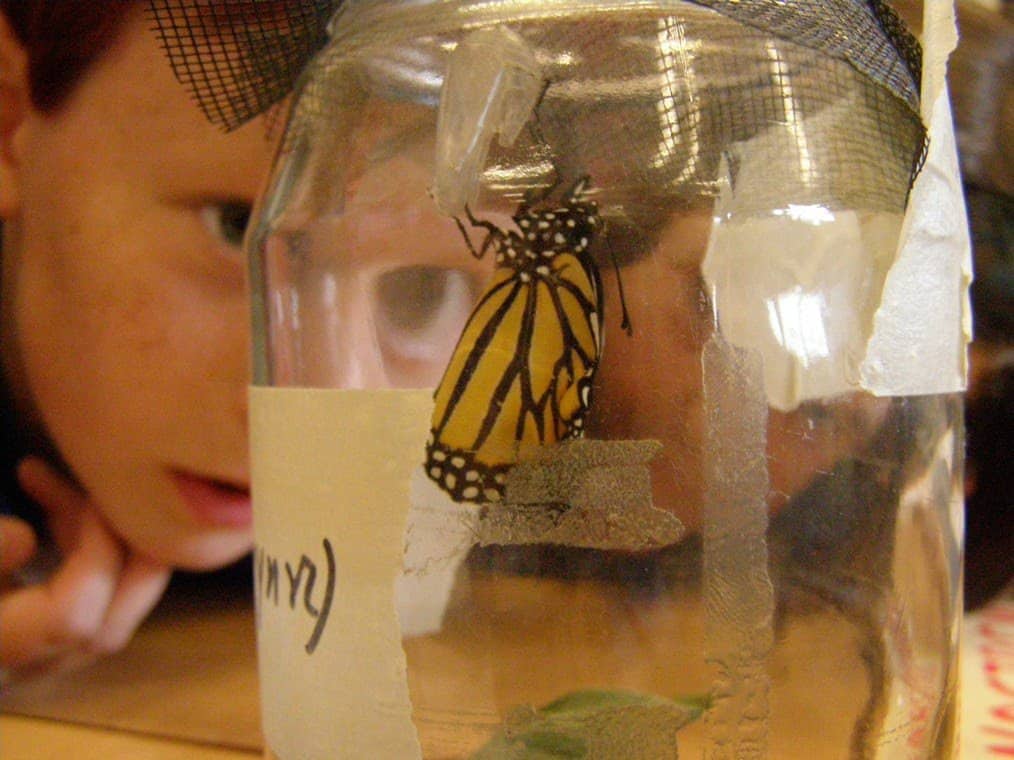
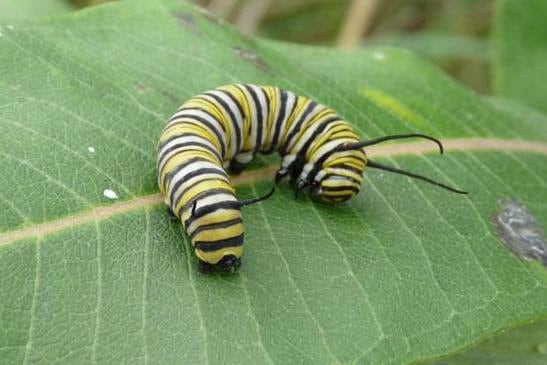
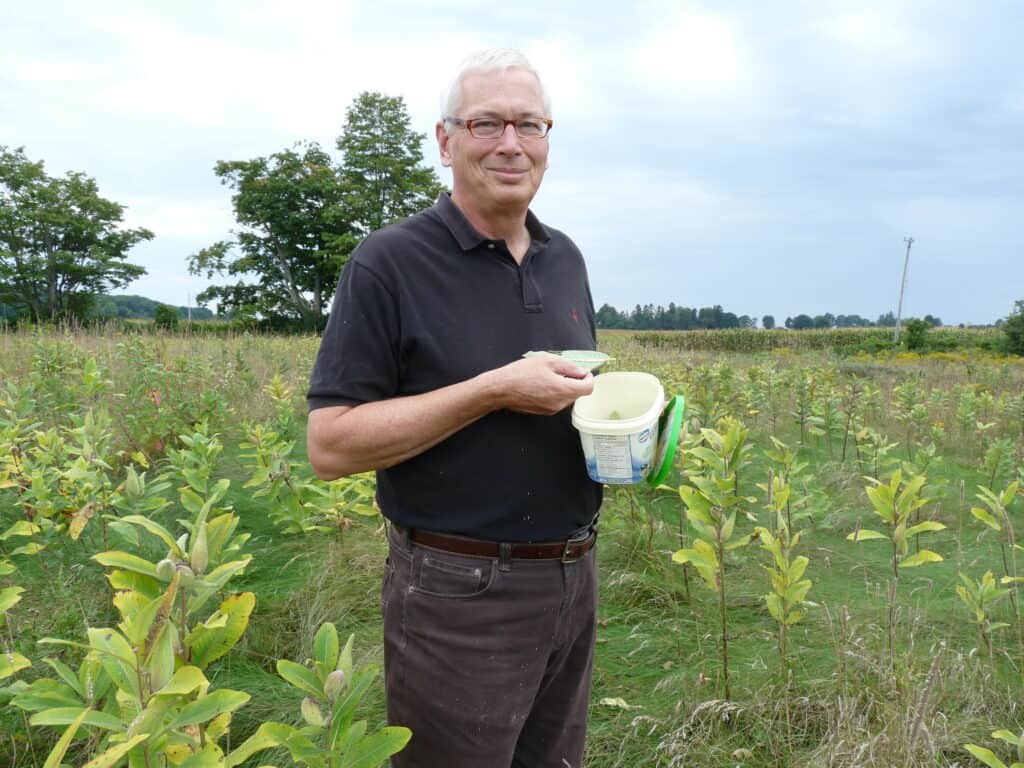
The Kawarthas is home to approximately 100 species of butterflies, which represents almost two-thirds of the species occurring in the entire province. Identifying and photographing them is a wonderful summer pastime. Although more species can be seen in July than at any other time of year, August, can be excellent as well. Not only are butterflies easy to observe, but they turn up almost everywhere. Watching them is also a civilized pastime. These gentle insects are rarely on the wing before nine o’clock, and they are most active on warm, sunny days.
Where to look
Fields, gardens, wetland borders, and the edges of quiet country roads provide some of the best butterfly habitat. Among their preferred nectar plants are common and swamp milkweed, spreading dogbane, viper’s-bugloss, purple vetch, wild bergamot and orange hawkweed. Later in the summer, plants like Joe-Pye-weed, goldenrods and asters also become butterfly magnets. In gardens, butterflies are fond of purple coneflower, butterfly bush (Buddleia), Autumn Joy sedum, and blanket flower – to name a few.
Flowers, however, are not the only attraction. Many species such as white admirals also like to bask on roads. By extending their wings, they absorb the sun’s warmth in order to elevate their body temperature for more efficient flight. You will also find butterflies congregating around the muddy edge of puddles or perched on animal dung. Both mud and dung serve as an important source of minerals, amino acids and nitrogen. A third place to look for butterflies is on tree trunks. In fact, one species, the northern pearly-eye, is a shade lover and routinely lands on the trunks of forest trees.
Some of the best butterfly-watching can be had by walking or cycling along any of our local rail-trails. These include the Rotary-Greenway Trail from Trent University to Lakefield, the Lang-Hastings Trail between Nelson Road and County Road 38, and the BEL Rotary Bridgenorth Trail.
What’s flying now?
Most butterfly species have a specific flight period, which is the time of year in which they fly. Two easy-to-identify species that are common right now are the midsummer tiger swallowtail and the white admiral. Other species to watch for in July include the cabbage white, clouded sulphur, northern crescent, common ringlet, summer azure, great-spangled fritillary, red admiral, European skipper, and Dun’s skipper. Skippers are tiny, grey and/or orange, moth-like butterflies. In the coming days and weeks, you should also watch for the giant swallowtail, Canada’s largest butterfly.
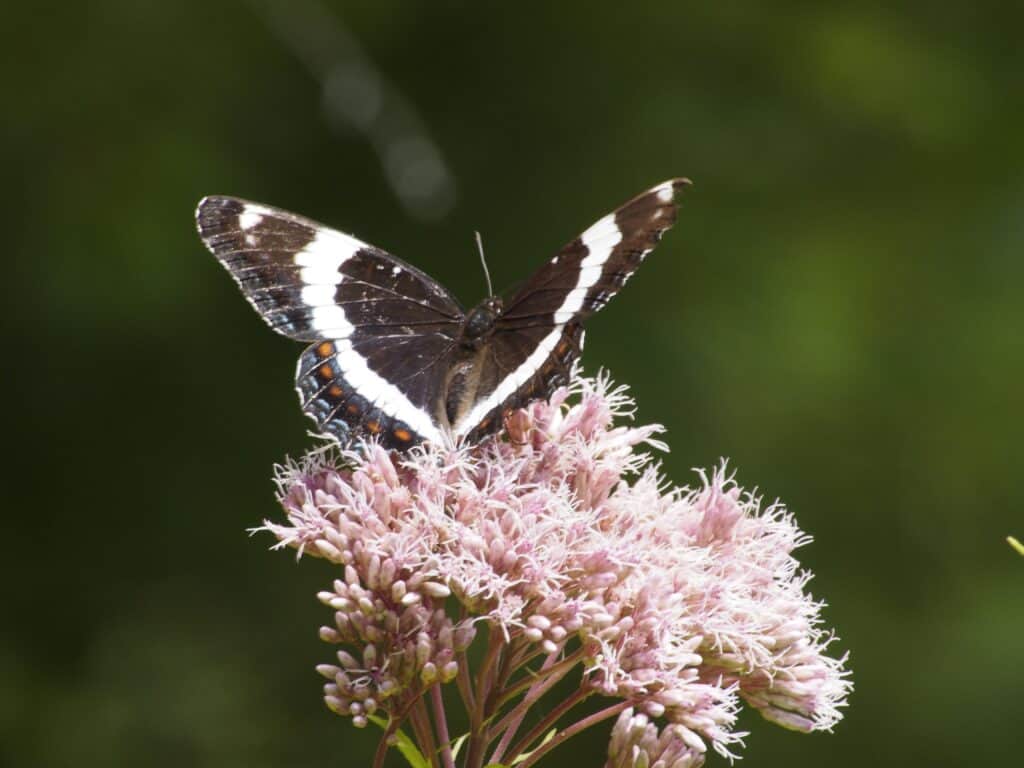
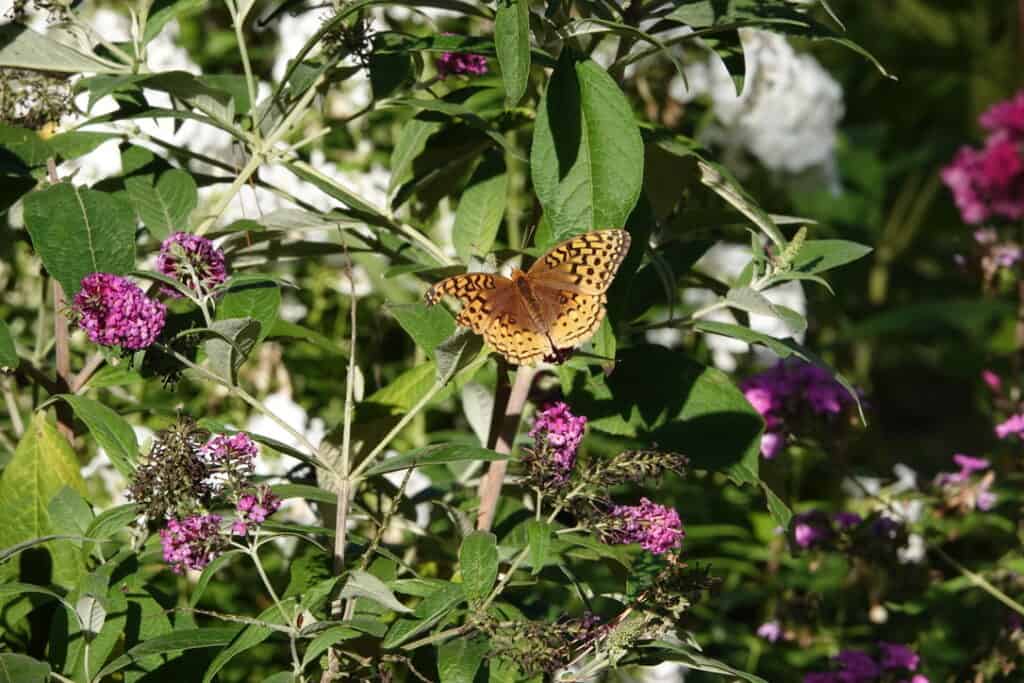
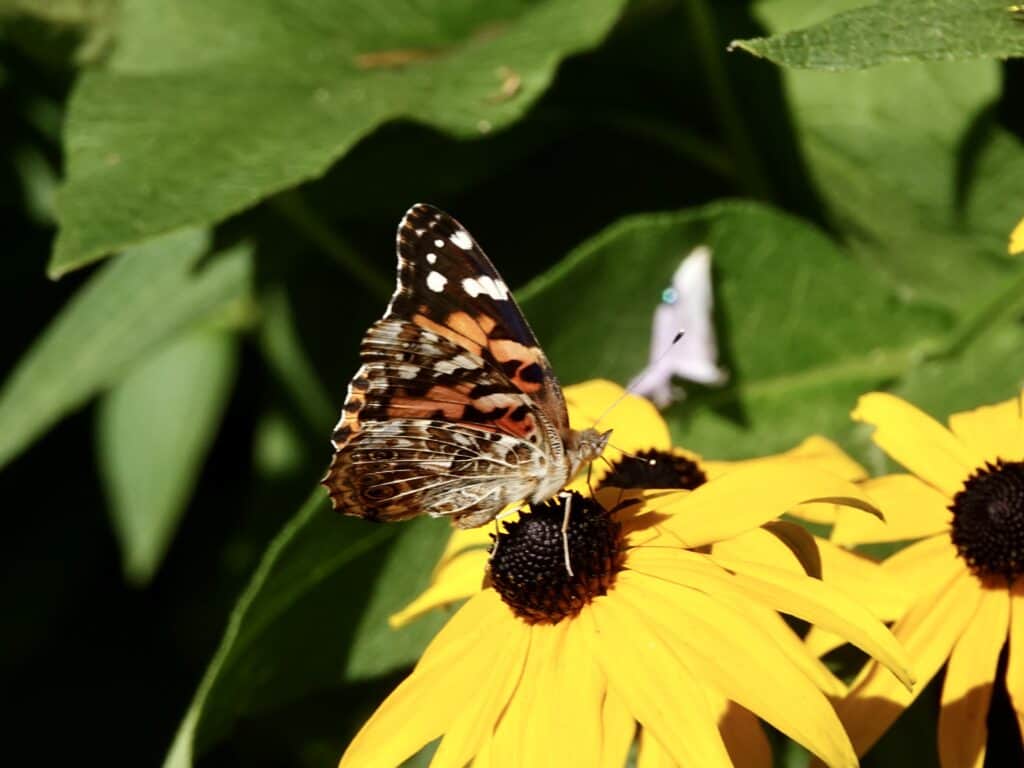
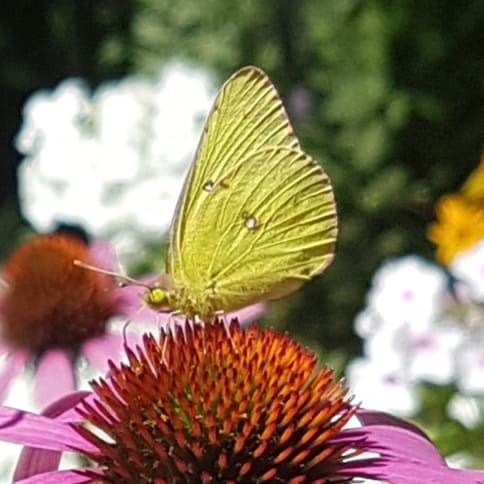
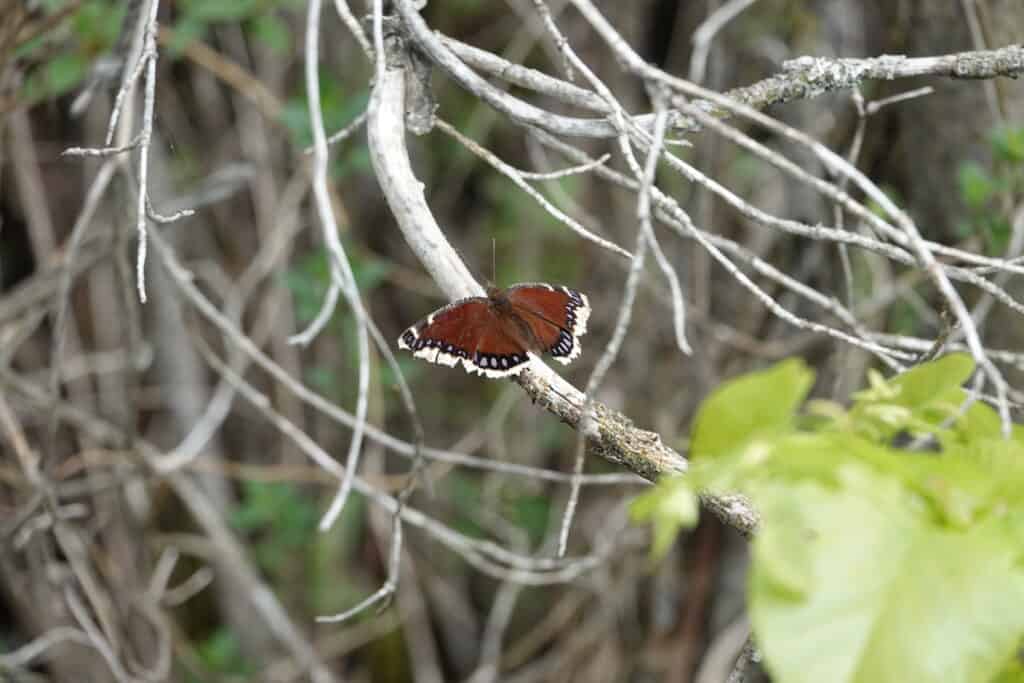
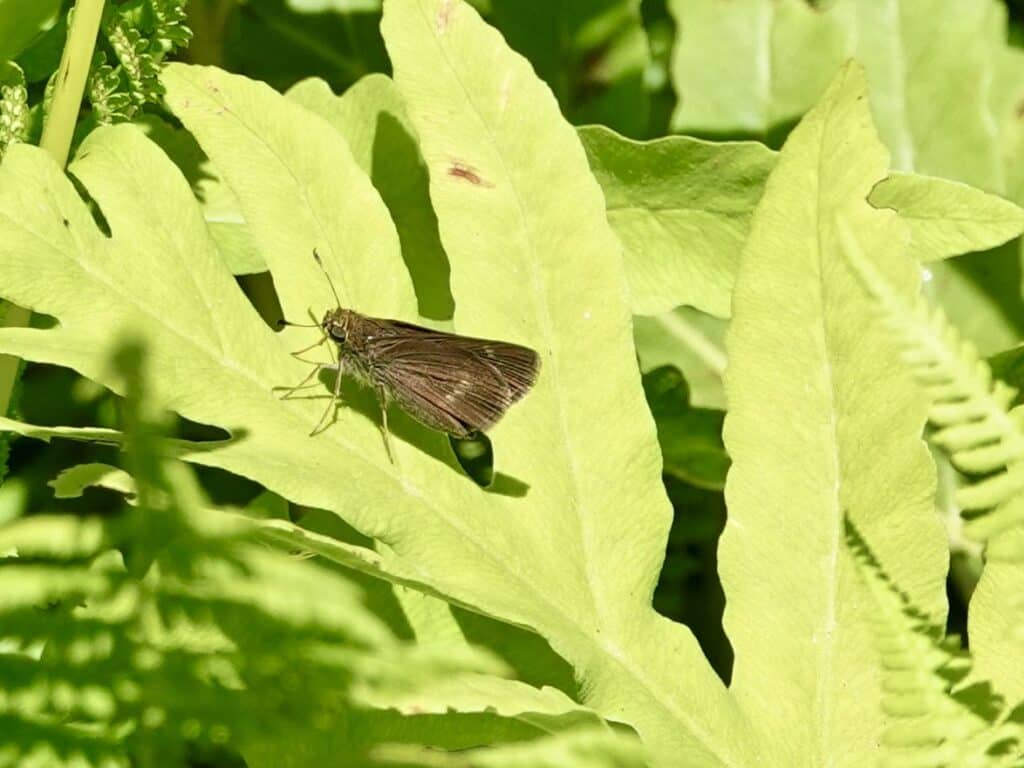
Viewing tips
- The best way to approach a butterfly is from behind, being careful to avoid any sudden movements. Try to avoid casting a shadow on the insect.
- Identifying butterflies is easiest with a pair of close-focusing binoculars. For optimal viewing, you should be able to stand up and focus on your toes with your binoculars.
- A camera with a zoom lens also comes in handy. By taking a picture, you can then identify the butterfly using an app like iNaturalist. Sometimes, it’s even possible to get close enough with your phone.
- Pay special attention to the butterfly’s size, wing shape, colour and patterning. The pattern on the underside of the wing, usually visible as the butterfly feeds, is especially important for identification purposes.
- To find a given species, research the time of year it flies and its preferred habitat.
- You should also purchase a guidebook like the “The Pocket Guide to Butterflies of Southern and Eastern Ontario” by Rick Cavasin. It is available at ontariobutterflies.ca for $15 plus shipping.
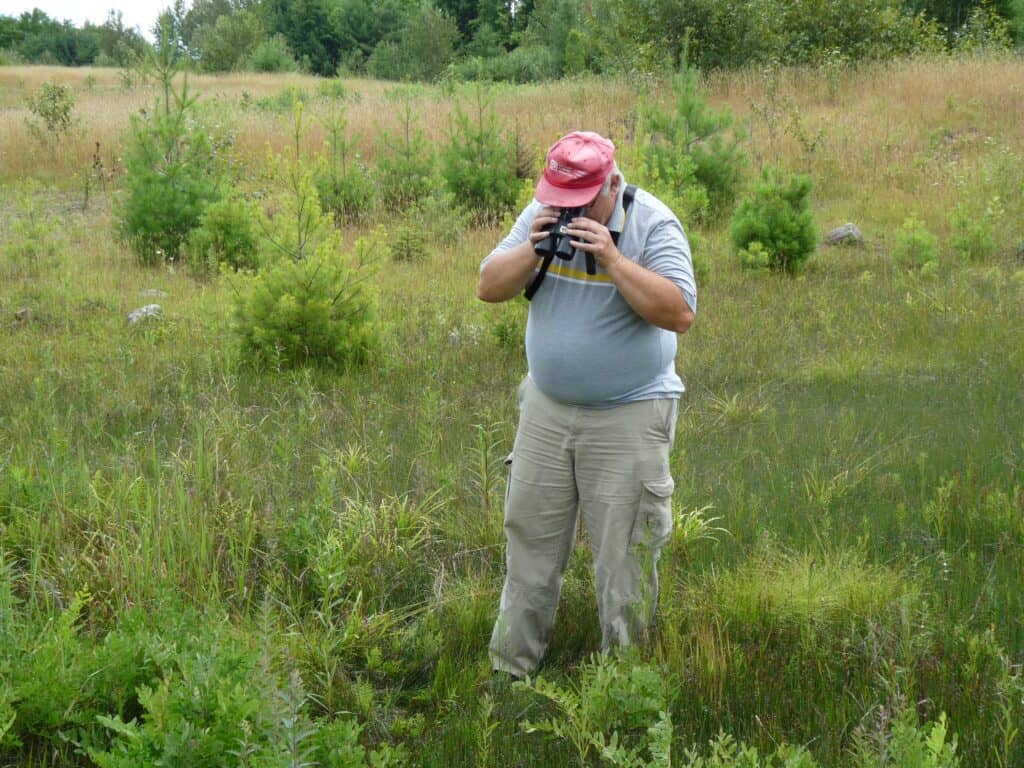
Monarchs
So far this year, monarch numbers in the Kawarthas seem very low. I’ve yet to see a single one. Part of the reason may be that the 2023 wintering population in Mexico was 22% lower than the previous year. However, in response to an appeal I made on Facebook asking, “who’s seen a monarch this year?”, it appears there’s been about 15 local sightings so numbers may be slowly increasing. I also asked Don Davis, one of Canada’s premier monarch experts, how numbers are in Northumberland County. He told me monarchs are scarce there, too. For example, only two have been seen at Presqu’ile Provincial Park. He did say, however, that monarchs are slowly moving into eastern Ontario from the west and south as indicated by the Journey North First Adult sightings map. You can see the map at https://tinyurl.com/4r282sak
The monarchs we see in June are mostly the “grandchildren” of the monarchs that migrated to Mexico last fall. As they lay eggs, we can therefore expect numbers to increase over the next few weeks when a new generation of adults will be flying.
In some positive news, the Ontario government has established a new conservation reserve that will protect 1,600 hectares along the south shore of Prince Edward County. Dubbed the Monarch Point Conservation Reserve, it encompasses Point Petre Wildlife Area and Ostrander Point. It will be under the supervision of Sandbanks Provincial Park. The reserve will protect the habitat of 39 rare and at-risk species such as Blanding’s turtles as well as monarch butterflies.
Butterfly count
On Saturday, July 15, local butterfly enthusiasts will be taking part in the 23rd annual Petroglyph Butterfly Count. The count covers the eastern end of Stoney Lake, the Apsley area and the Sandy Lake Road fens. It is a fun day in which beginners are paired with more experienced watchers. You also stand a good chance of seeing more species than on most counts held in Ontario. If you wish to participate, phone Martin Parker at 705-745-4750 or email him at mparker19@cogeco.ca. Like the Christmas Bird Count, butterfly counts provide a snapshot of butterfly numbers from one year to the next.
CLIMATE CHAOS UPDATE
Climate Dashboard: CBC has created a free “dashboard” which tracks current weather conditions, the seven-day forecast, and extreme weather events in real time and compares them to historical trends. Air quality is also included. You can search for your town or city and add it as a favourite. By checking back regularly you can see how current conditions and forecasts diverge from previous years.
Here are some key findings for Peterborough.
- Comparing the years: This past winter (January-March) saw 27 days below 0 C which is 16 days fewer than the historical average for 1981-2010.
- Historical trends: The average temperature for the last 365 days (June 26, 2022 to June 25, 2023) is 7.8 C. This is 1.9 C above average. Compared to the historic average, this is considered “extremely hot”. The average maximum temperature for the last 365 days is 14 C. This is 1.8 C above average. Compared to the historic average, this too is described as “extremely hot”.
- Projections: If we keep developing a fossil fuel-based economy (high-emission scenario), the average annual temperature will increase by 4.9 C to 8.4 C in Peterborough by the end of the century, compared to the average from 1981-2010. If we maintain current development patterns (medium-emission scenario), the temperature will rise by 2.7 C to 5.1 C. If governments make a major shift now toward sustainable development (low-emission scenario), the increase will be between 1.6 C to 4 C. Remember that Peterborough has already warmed by 1.9 C.
Carbon dioxide: The atmospheric CO2 reading for the week ending June 24 was 424.49 parts per million (ppm), compared to 420.88 ppm a year ago. This represents an increase of 3.61 ppm in just one year and is one of the largest annual increases ever seen. Wildfires in Canada emitted 54.8 million tonnes of carbon in May, more than double the carbon emitted by wildfires in any May since estimates began in 2003. In a feedback loop, this added CO2 will contribute to more wildfires.